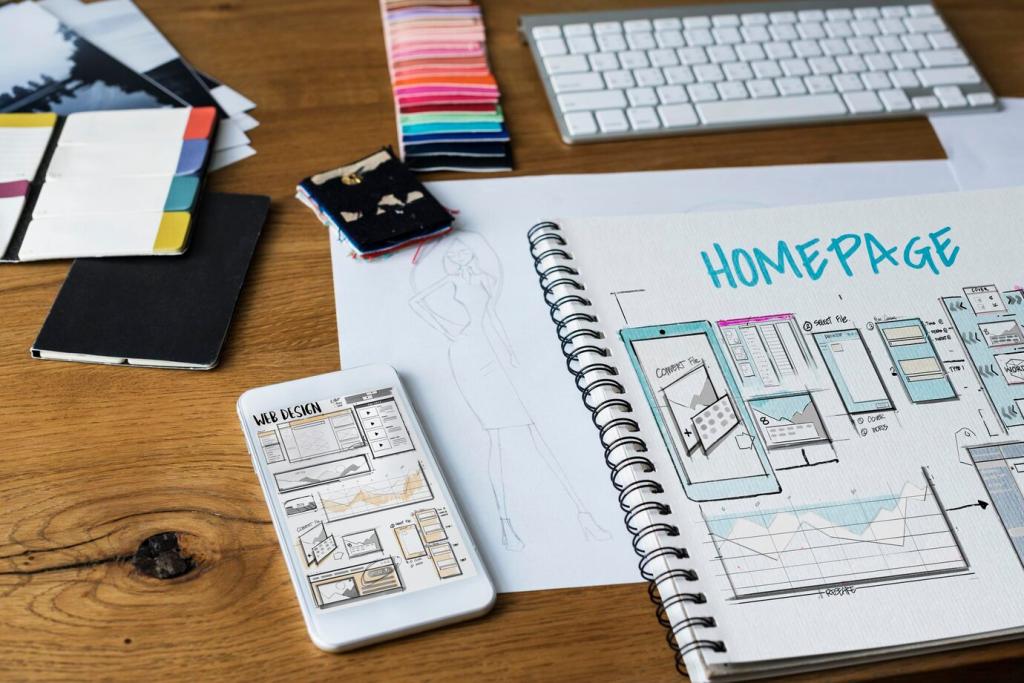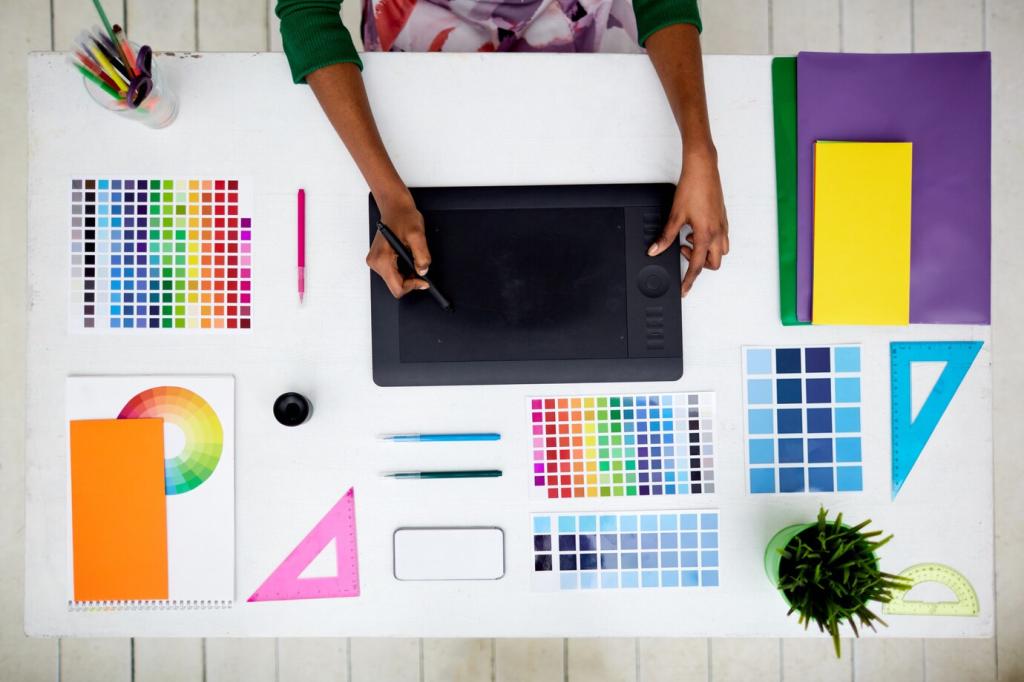
Design That Ranks: Optimizing Interior Design Blogs for Search Engines
Chosen theme: Optimizing Interior Design Blogs for Search Engines. Welcome to a creative hub where aesthetics meet algorithms, and beautiful rooms get discovered by the right readers. Stay with us, comment your questions, and subscribe for weekly design-SEO breakthroughs.


Keyword Strategy for Rooms, Styles, and Intent
Start with your latest project board and list furniture, finishes, palettes, and styles. Transform each element into search queries, prioritizing questions beginners ask. Share your process in the comments, and subscribe for our monthly keyword worksheet.
Keyword Strategy for Rooms, Styles, and Intent
Target specific, emotional phrases like small apartment Scandinavian shelving ideas or cozy Japandi bedroom lighting. Long-tail searches carry clearer intent, higher engagement, and easier rankings. Tell us your best niche phrase and why it resonates.
Topic Clusters That Mirror a Home’s Layout
Create a comprehensive guide such as Living Room Design Ideas, then summarize subtopics like layouts, lighting, rugs, and color theory. Invite readers to bookmark the pillar and comment with missing sections they want explored next.

Describe materials, palette, and purpose, not just object names. Example: Matte brass sconce casting warm light on textured limewash above walnut console, Mediterranean entryway. Invite readers to share a tricky image they struggled to describe.
On-Page SEO for Image-First Design Stories
Write captions that reveal choices and outcomes, weaving in specific terms like boucle armchair or archway molding. Captions are read and indexed. Encourage readers to vote on which caption tells the clearest design story.
On-Page SEO for Image-First Design Stories





Data Stories and Seasonal Trend Reports
Publish quarterly color or material trends using your analytics and reader polls. Reporters love fresh data. Share your methodology transparently, and invite subscribers to participate in the next survey to shape insights.

Embeddable Guides and Lookbooks
Offer an embeddable small-space layout guide with credit links. Designers and educators will share it if it’s practical and elegant. Ask readers what tool would genuinely help their projects, and promise to build the winner.
Location-Tuned Project Pages
Create project narratives named by neighborhood or city, highlighting challenges and materials. Include original photos and testimonials when available. Invite locals to comment with questions, and subscribe for new city-focused case studies.
Google Business Profile Meets Blog
Repurpose blog snippets into Google posts, linking back to detailed guides. Add UTM tags to track engagement. Ask readers which post drove the most calls or messages, and share your findings to help the community.
Neighborhood Keywords That Feel Natural
Weave location context into stories: terrace storage ideas for Brooklyn brownstones or sun-friendly fabrics for Phoenix patios. Request reader tips about local quirks, and incorporate the best into updated posts with credit.
Analytics, Testing, and Editorial Rhythm

Define Success Beyond Traffic
Track saves, scroll depth, and newsletter signups alongside organic sessions. Interior design is visual and emotional, so engagement signals matter. Ask readers what metrics guide their creative decisions, and compare notes in comments.

A/B Test Titles, Intros, and Heroes
Run small experiments on headlines and hero images. Some audiences prefer serene minimalism; others want bold contrast. Share your results monthly and invite subscribers to vote on the next variants to test.

Editorial Calendar With SEO Sprints
Plan two-week sprints: research, draft, optimize, and publish. Group by room or style to strengthen clusters. Encourage readers to download the calendar template, and subscribe to receive reminders and seasonal prompt ideas.
